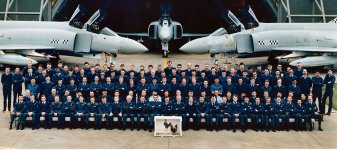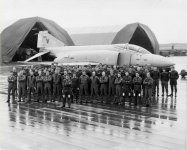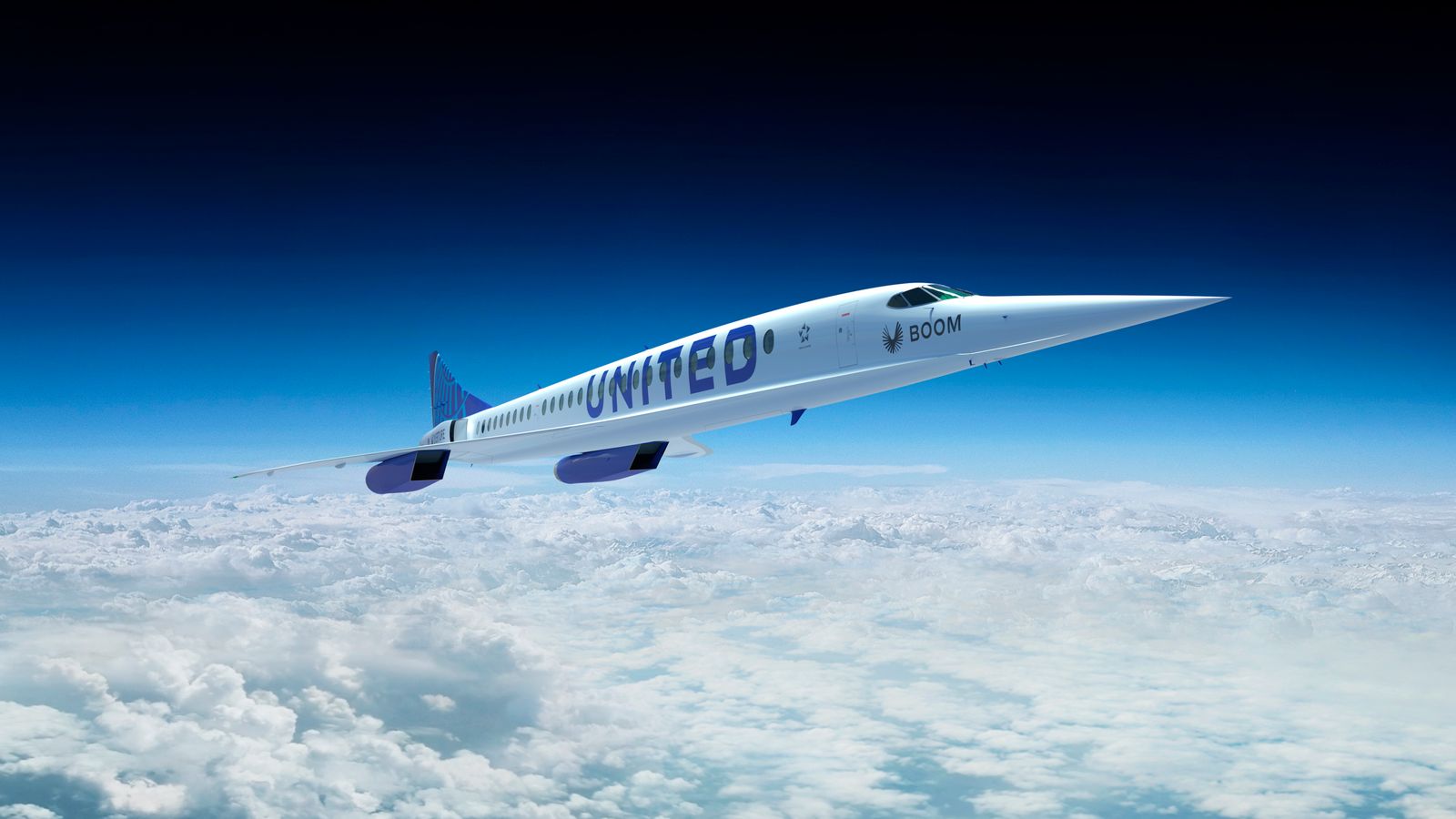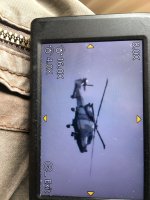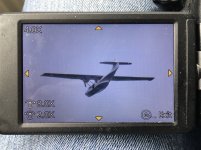Hi John,
Awesome, thanks a lot for sharing that picture! Perfect with all the clouds arounds, that's just the kind of environment where such spectacular condensation is possible!
Perfect with all the clouds arounds, that's just the kind of environment where such spectacular condensation is possible!
Regards,
Henning
I can do you an A380 manoeuvring under cloud on its way into Heathrow, photographed while I was looking for Southern Emerald Damselflies. Condensation off an A380..... wow!
Awesome, thanks a lot for sharing that picture!
Regards,
Henning






